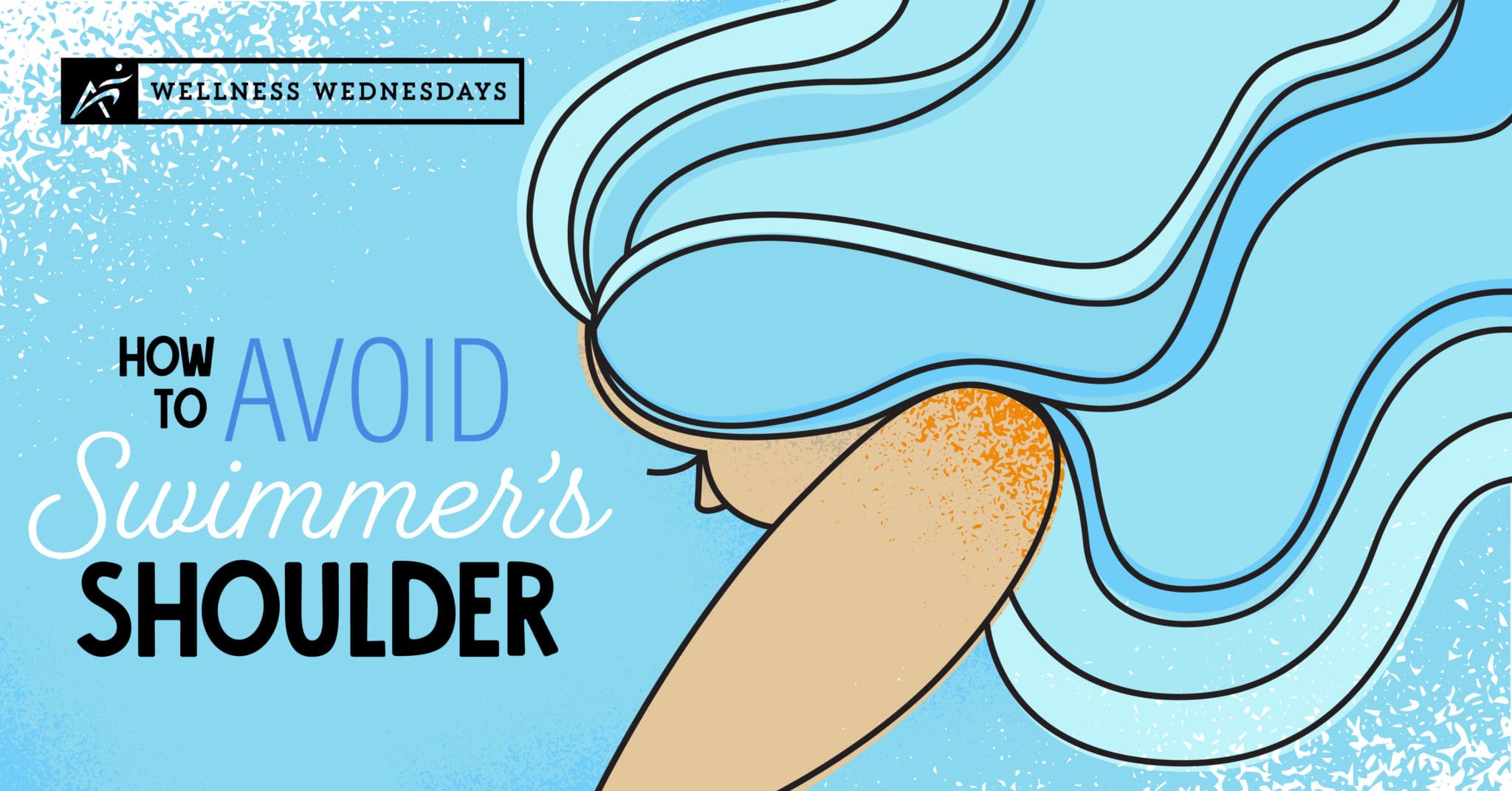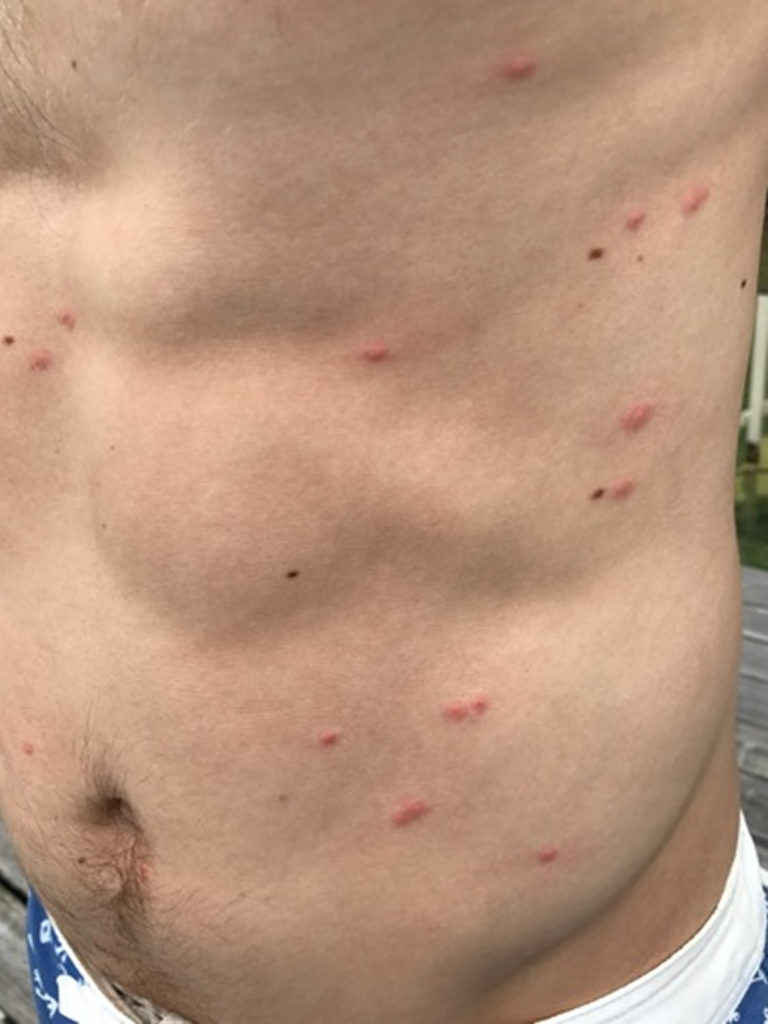

The parasites that cause swimmer's itch live in the blood of waterfowl and in mammals that live near ponds and lakes. Swimmer's itch isn't contagious from person to person, so you don't need to worry about catching swimmer's itch from someone who has this itchy rash. These snails live near the shoreline, which explains why infections occur most often in shallow water. Before infecting birds, other animals or people, the hatched parasites must live for a time within a type of snail. The parasite's eggs enter the water via their hosts' feces.
#Swimmers itch prevention skin#
You might be referred to a health care provider who specializes in skin conditions. If you notice pus at the rash site, consult your doctor. Talk to your doctor if you have a rash after swimming that lasts more than three days. Signs and symptoms of swimmer's itch typically worsen with each exposure to the parasites.

Swimmer's itch usually affects only exposed skin - skin not covered by swimsuits, wet suits or waders. It may appear within minutes or days after swimming or wading in infested water. The itchy rash associated with swimmer's itch looks like reddish pimples or blisters. In the meantime, you can control itching with over-the-counter or prescription medications. Swimmer's itch is uncomfortable, but it usually clears up on its own in a few days. Humans aren't suitable hosts, so the parasites soon die while still in your skin. These parasites can be released into the water. The parasites that cause swimmer's itch normally live in waterfowl and some mammals. Swimmer's itch is a rash usually caused by an allergic reaction to parasites that burrow into your skin while you're swimming or wading in warm water. Also known as cercarial dermatitis, swimmer's itch is most common in freshwater lakes and ponds, but it occasionally occurs in salt water. ©2019 Mayo Foundation for Medical Education and Researchĭistributed by Tribune Content Agency, LLC.Swimmer's itch is an itchy rash that can occur after you go swimming or wading outdoors. This has been reported to protect the skin from the parasite that causes swimmer's itch. Don't feed birds on docks or near swimming areas. Then vigorously dry your skin with a towel. Rinse exposed skin with clean water immediately after leaving the water. You may be more likely to develop swimmer's itch if you spend a lot of time in warmer water near the shore. If you're a strong swimmer, head to deeper water for your swim. Also avoid swimming or wading in marshy areas where snails are commonly found. Avoid swimming in areas where swimmer's itch is a known problem or signs warn of possible contamination. The parasites that cause swimmer's itch live in the blood of animals such as waterfowl that live near ponds and lakes.


 0 kommentar(er)
0 kommentar(er)
